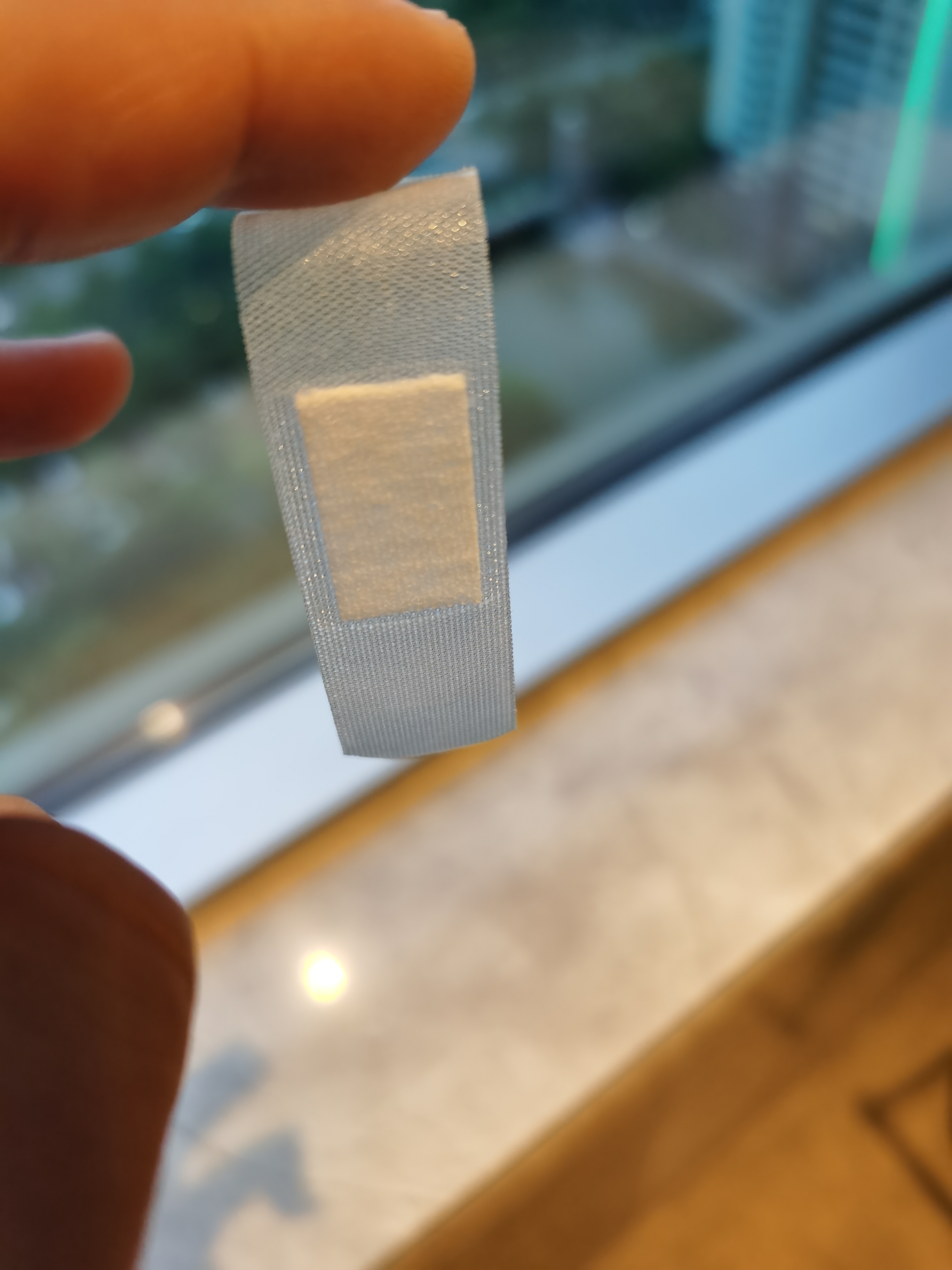2021-09-13
Edgebanding Hot-Melt Adhesive (Edgebanding Hot-Melt Adhesive) is a kind of adhesive specially used for edge banding of man-made panels. It is a solvent-free thermoplastic adhesive. When the hot melt adhesive is heated to a certain temperature, it changes from a solid state to a molten state. When it is applied to the surface of the wood-based panel substrate or the edge-sealing material, it cools into a solid state, and the edge-sealing material and the substrate are bonded together. For the selection and use of edge-banding hot melt adhesive, the following aspects must be paid attention to:

1. The base material of edge banding hot melt adhesive
Edge banding hot melt adhesives can be divided into three categories according to different base materials:
1) EVA (ethylene-vinyl acetate copolymer resin) based hot melt adhesive, which can be divided into two types with filler and without filler. ,
(2) POL YAMIDE (polyamide) base hot melt adhesive, this hot melt adhesive has good heat resistance and fast curing characteristics, the main disadvantage is that it is expensive.
(3) HMPU (Polyurethane) base material hot melt adhesive, it is a kind of hot melt adhesive with the best performance, it is the guarantee of high-quality board edge sealing. It is expensive and requires special methods of use.
2. Viscosity of edge banding hot melt adhesive
The viscosity of the edge-sealing hot melt adhesive does not directly reflect the performance of the adhesive. In general, the higher the viscosity of the edge-sealing hot melt adhesive, the better its initial bonding strength, but the worse the coating performance. Low-viscosity hot melt adhesives have a smaller coating volume and better wetting performance. Some hot melt adhesives with low viscosity and fast curing speed may also have high initial tack strength. For poor-quality particleboards, hot melt adhesives with higher viscosity need to be used for edge sealing. This is because high-viscosity hot melt adhesives have poor fluidity and are not as easy to enter the pores of the edge of the particleboard as low-viscosity hot melt adhesives. , So that the hot melt adhesive can be fully coated on the edge of the board.
3. Density of edge banding hot melt adhesive
The density of edge-sealing hot melt adhesive is generally 0.95-1.6g/cm3, and its density depends on the amount of filler (the more filler, the greater the density). Due to the requirement to reach a certain glue area when the board is sealed, the amount of glue per unit length of the low-density non-filled hot melt adhesive is smaller than that of the filled hot melt adhesive. And because the bonding performance of the filler-free hot-melt adhesive is better, and the same edge sealing effect can be achieved, it is possible that the amount of the filler-free hot-melt adhesive is less than that of the filled hot-melt adhesive. In order to reduce the amount of glue applied, the edge banding machine must have a good glue system.
4. Softening point and operating temperature of hot melt adhesive for edge banding
The softening point is an index indicating the heat resistance of the edge-sealing hot melt adhesive. The higher the softening point, the less likely the edge-sealing hot melt adhesive is to melt. At the same time, the softening point is also an important aspect to measure the temperature resistance of panel furniture. In Europe, there has been a set of testing methods for the heat resistance of panel edge sealing, and standards have also been proposed for the heat resistance of panel furniture. Countries such as France, Germany, and Italy no longer produce low-softening point edge banding hot melt adhesives on a large scale, but domestic manufacturers (including Taiwanese manufacturers) still produce and provide them to the domestic market. The reason is that domestic furniture manufacturers and consumers currently In particular, the heat resistance of kitchen furniture has not been paid enough attention. The softening point of EVA hot melt adhesive is generally between 90-135°C.
5. The opening time of the edge banding hot melt adhesive and the feeding speed of the edge banding machine.
The opening time of the edge banding hot melt adhesive refers to the period of time from the beginning of the glue application to the pressing of the edge banding tape to the substrate. The opening time varies with the type of glue. The feeding speed and opening time of the edge banding machine are closely related, both of which are very important in the selection and use of hot melt adhesives. Fast-feed edge banding machines must choose hot melt adhesives with a short opening time, and vice versa, choose hot melt adhesives with a long opening time.